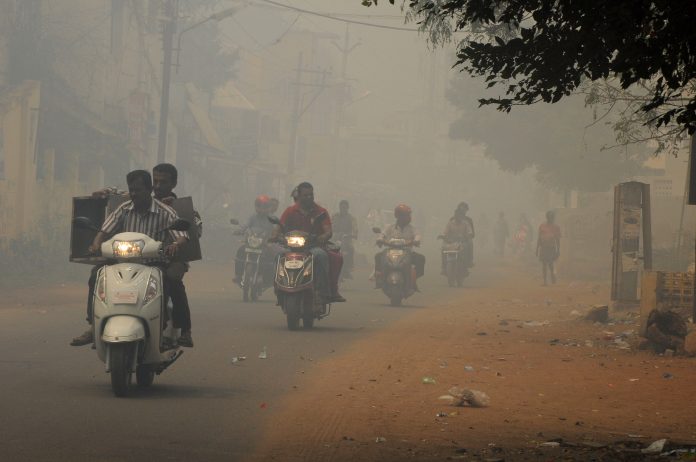With the release of the much-anticipated IPCC report, the decarbonisation race is on – but some countries will have an easier transition to renewable technology, while others will risk their populations and economies
Researchers Laima Eicke and Andreas Goldthau, investigated the differences between countries when it comes to the process of decarbonisation.
While the EU and US proclaim huge decarbonisation targets, the UK is set to host the next COP26. The countries of the Global North appear to be well-poised to invest capital into adapting their infrastructures, to work towards clean energy and lowered greenhouse gas emissions. However, the Global South faces significant issues that come with less financial power – namely, adapting their systems from fossil fuel while attempting to begin full vaccination against COVID-19, and affording to do both of these things.
Today (9 August) the IPCC report, written over eight years by over 700 scientists, found that it take 20-30 years for global temperatures to stabilise, even if carbon emission targets were met. The data suggests that unless there is an immense change in policy-implementation that creates meaningful decreases of greenhouse gases, globally limiting an ongoing rise in temperature “to close to 1.5°C or even 2°C will be beyond reach.”
A different study found that people in South Asia were at great risk of increased deadly heatwaves, which would impact 60% of the population who work in outdoors occupations.
95% of renewable technology is located in richest countries
In this study, Eicke and Goldthau focused on the most important risks and opportunities faced by countries, in relation to their progress in adopting renewable energy.
Their analysis found that 95% of installed renewables capacity is located in just 16% of global countries, particularly in Global North countries. However, Global South countries are experiencing the strongest growth in energy demand, and are still heavily reliant on fossil fuels.
“The divide between early and late decarbonizers threatens to become exacerbated in the coming years, with early movers in renewables R&D and production accruing clear economic benefits, in part in terms of job creation,” said Laima Eicke.
“Late decarbonizers, by contrast, face significantly higher transformation risks over the coming ten years, including potentially lower industrial competitiveness and a higher risk of economic instability.”
Global south countries with economies heavily dependent on fossil fuels risk incurring significant disadvantages, as experts now see fossil-fuel technologies and infrastructure as stranded assets with no long-term prospects for profitability.
What should happen now?
Some countries will need additional help, say the researchers. If not, tensions will grow between those ahead in the decarbonisation race and those who are left behind, in the dying fossil-fuel industry.
“Uneven transition patterns can exacerbate existing tensions in international climate negotiations while also triggering trade conflicts,” said Andreas Goldthau.
“Governments should work to create policy conditions that encourage decarbonization, particularly by increasing international climate finance and technology transfer.”











